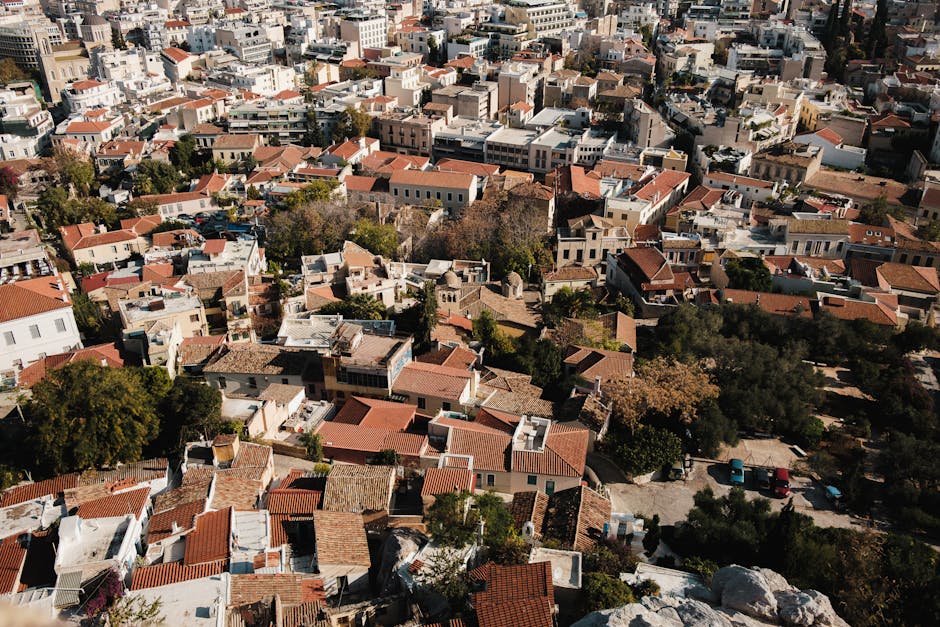The Evolution of Chicago: A Historical Overview
Welcome to an exploration of Chicago’s rich history! From its humble beginnings to becoming a bustling metropolitan hub, Chicago has undergone remarkable transformations over the years. Join us as we delve into the key events and changes that have shaped this iconic city. 🌆
Table of Contents
1. Native American Roots
2. The Founding of Chicago
3. The Rise of Industry
4. The Great Chicago Fire
5. A New Chicago
6. Modern-Day Chicago
7. Conclusion
8. FAQ
Native American Roots 🪶
Long before Chicago became the bustling city we know today, it was a vibrant region inhabited by Native American tribes. The Potawatomi, Miami, and Illinois tribes called this area home. They thrived here, thanks to the rich natural resources and strategic waterways that facilitated trade and travel.
The Founding of Chicago 🏙️
Chicago’s official founding dates back to the early 19th century. In 1833, the town of Chicago was incorporated with a population of just 200. Its strategic location along Lake Michigan and the Chicago River made it an ideal spot for trade and settlement. The construction of the Illinois and Michigan Canal further boosted its growth, connecting the Great Lakes with the Mississippi River.
The Rise of Industry 🚂
With the advent of the railroad in the mid-1800s, Chicago quickly emerged as a major transportation hub. Railroads brought goods and people from the East to the burgeoning West, cementing Chicago’s status as a critical industrial center. The city’s economy boomed, with industries such as meatpacking, steel, and manufacturing taking root.
The Great Chicago Fire 🔥
In October 1871, tragedy struck when the Great Chicago Fire ravaged the city, destroying thousands of buildings and leaving a third of its population homeless. Despite the devastation, Chicagoans displayed remarkable resilience. The city was rebuilt with even greater ambition, resulting in a skyline that would soon become iconic.
A New Chicago 🏗️
In the late 19th and early 20th centuries, Chicago experienced a period of architectural innovation. The construction of skyscrapers, such as the Home Insurance Building, marked the birth of the modern cityscape. The World’s Columbian Exposition in 1893 showcased Chicago’s cultural and technological advancements, drawing millions of visitors from around the world.
Modern-Day Chicago 🌍
Today, Chicago is a global city known for its diverse culture, rich history, and architectural marvels. The city continues to evolve, with sustainable urban development and technological innovation at the forefront. From its vibrant neighborhoods to its thriving arts scene, Chicago remains a dynamic metropolis attracting residents and visitors alike.
Conclusion
The evolution of Chicago is a testament to human resilience, innovation, and determination. From its Native American origins to its modern-day status as a global city, Chicago’s journey is a fascinating narrative of growth and transformation. As we look to the future, Chicago’s legacy continues to inspire new generations. 🌟
FAQ
1. What was Chicago originally called?
Chicago was originally called “Checagou,” a term derived from a Native American word referring to the wild garlic that grew abundantly in the area.
2. How did the Great Chicago Fire start?
The exact cause of the Great Chicago Fire remains unknown, but legend has it that it started in a barn owned by Patrick and Catherine O’Leary. A popular myth suggests a cow kicked over a lantern, igniting the blaze.
3. What are some must-see landmarks in Chicago?
Chicago is home to numerous iconic landmarks, including Willis Tower, Millennium Park with its famous “Bean” sculpture, Navy Pier, and the Art Institute of Chicago.
4. How has Chicago contributed to the arts?
Chicago has a vibrant arts scene, with contributions to music, particularly jazz and blues, as well as theater, literature, and visual arts. The city’s cultural institutions, such as the Chicago Symphony Orchestra and the Museum of Contemporary Art, are renowned worldwide.
5. Is Chicago still a major industrial center?
While Chicago remains an important industrial hub, its economy has diversified over the years, with finance, technology, healthcare, and education playing significant roles in the city’s economic landscape.


